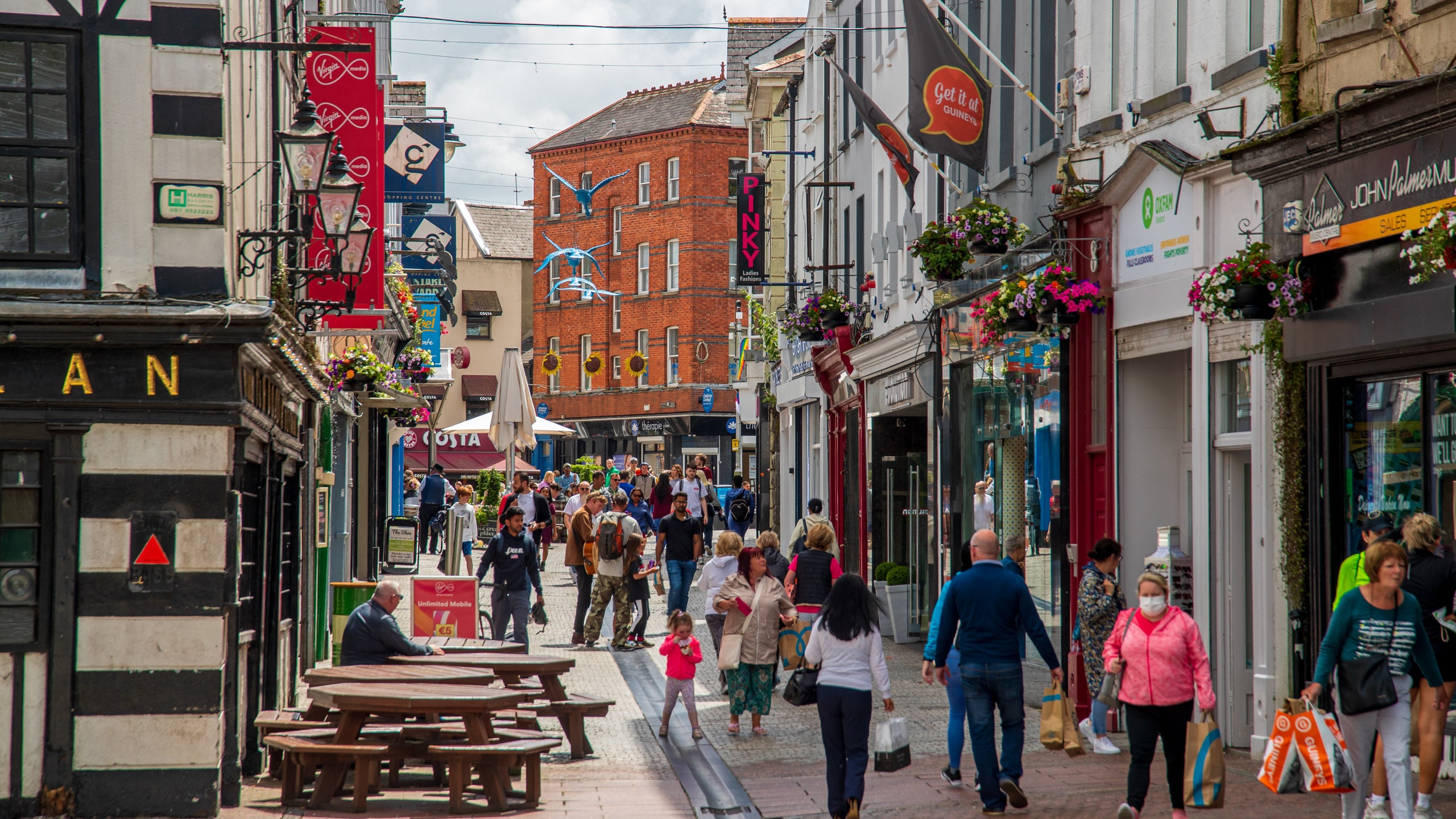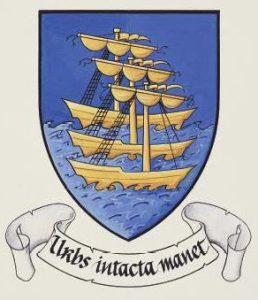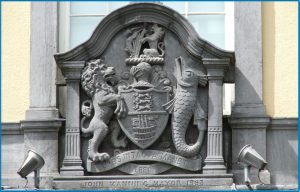

Popular search
Activities
Places
Trails
Events
Most cities don’t come with their own Latin motto. Fewer still can boast one gifted by a king. But Waterford is no ordinary city.
Walk through its historic streets, past Reginald’s Tower or the medieval walls near the Viking Triangle, and you’ll likely come across a curious phrase:
Urbs Intacta Manet Waterfordia // Waterford remains the untaken city.
It’s more than a motto. It’s a story of courage, resilience, and civic pride that stretches back over 500 years.
In 1495, Waterford faced an unlikely invader. A young man named Perkin Warbeck, a pretender to the English throne, arrived by sea with foreign troops, claiming to be Richard of York, one of the lost “Princes in the Tower”. Backed by the support of powerful European allies, Warbeck laid siege to Waterford, hoping to secure it as a foothold for his claim to power.
What he found instead was a city unwilling to surrender.
Waterford’s defenders sprang into action, flooding the surrounding marshes to block his approach and deploying cannons from Reginald’s Tower, making use of one of the oldest civic fortifications in Ireland. Over the course of eleven days, the citizens repelled every attempt to breach the walls, eventually sinking two of Warbeck’s ships and forcing the invaders to retreat.
News of Waterford’s bravery reached King Henry VII, who was so impressed by the city’s loyalty and valour that he bestowed a unique honour: a Latin motto to forever mark the occasion. Thus, Urbs Intacta Manet Waterfordia – “Waterford remains the untaken city” – was born.
It’s believed to be the only time the Tudor monarch gave such a motto to an Irish city. Waterford was also granted the right to include it on its official coat of arms, which features English lions, maritime barges, and a proud ribbon bearing the new words of defiance.
Even though Waterford would later fall to Cromwellian forces in 1650, the spirit of the motto endured. It was never meant to be a literal guarantee of military invincibility. Rather, it came to symbolise the city’s fierce independence, civic strength, and proud loyalty to the Crown (at a time when that meant safety and favour).
Today, the motto can still be seen on municipal buildings, stone plaques, and even decorative signs around the city. But its message resonates far beyond the stone.
Waterford is now better known for cut-glass chandeliers, colourful festivals, and coastal calm than for cannon fire. But the spirit of urbs intacta lives on – in the pride of locals, the buzz of creativity, and the city’s rich history of holding fast to what matters most.
Whether you’re exploring the remains of the city walls or simply sipping coffee on the quayside, it’s worth remembering that beneath Waterford’s beauty lies a core of quiet strength.
Reginald’s Tower, where cannons once stood during the siege, is the oldest civic building in Ireland and still open to visitors today.
The motto was formally included in Waterford’s heraldry in 1953 but had been in unofficial use for centuries.
Perkin Warbeck’s failed invasion is considered one of the more curious footnotes of the Wars of the Roses.
So next time you see that Latin inscription, remember that it’s not just a relic. It’s a reminder that Waterford has faced down chaos, held its ground, and earned its place in history.
Urbs Intacta Manet Waterfordia.
Long may it remain.



